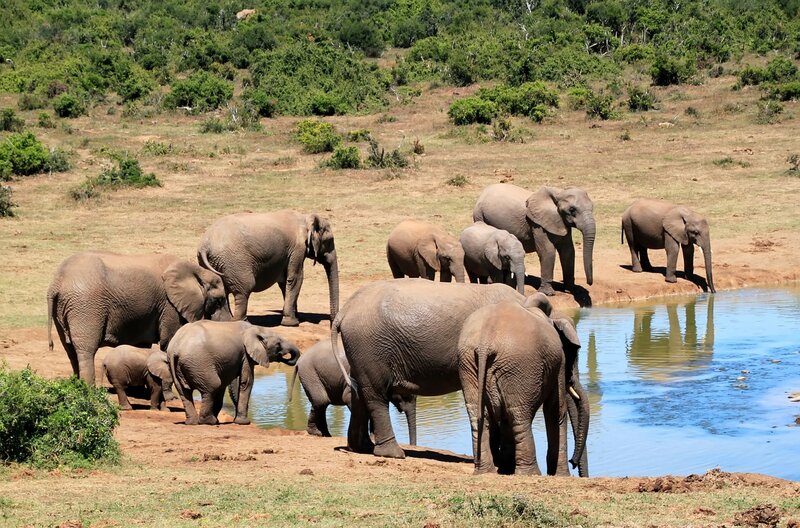Earth.Org reported on July 2 that at least 350 elephant deaths in the Okavango Delta in Botswana had occurred mysteriously. It has now emerged that the elephants died from ingesting toxins produced by cyanobacteria, according to government officials.
—
The deaths of the elephants between May and June baffled conservationists who called the mass die-off a “conservation disaster.” It was initially suggested that they died from a rodent virus called encephalomyocarditis, or toxins from algal blooms. Government have now said that they will be testing waterholes for algal blooms in the next rainy season to reduce the risk of another mass die-off.
You might also like: Zoonotic Bacteria Outbreak Infects At Least 3 000 After Factory Leak in China
Mmadi Reuben, principal veterinary officer at the Botswana Department of Wildlife and National Parks, said in a news conference, “Our latest tests have detected cyanobacterial neurotoxins to be the cause of deaths. These are bacteria found in water. However, we have many questions that still need to be answered such as why the elephants only and why that area only. We have a number of hypotheses we are investigating.” Reuben said that water samples were tested at laboratories in Botswana, South Africa and the US, but declined to give further details.
Earth.Org previously reported that 70% of the elephant deaths in Botswana happened near water holes containing algal blooms, which can produce toxic microscopic organisms called cyanobacteria. Toxins were initially ruled out because no other species died- except for one horse- but elephants could be particularly susceptible because of the time they spend bathing and drinking large quantities of water.
However, Dr Niall McCann, director of conservation at UK-based charity National Park Rescue, is skeptical. “Just because cyanobacteria were found in the water, that does not prove that the elephants died from exposure to these toxins,” he says.
The climate crisis is increasing the intensity and frequency of harmful algal blooms, making the issue more likely to happen again. In the Antarctic region, algal blooms have been turning snow green, which will exacerbate snow melt. McCann says, “New emerging infectious diseases are happening all the time and the more we look into epidemiology the more we discover we don’t know.”

















